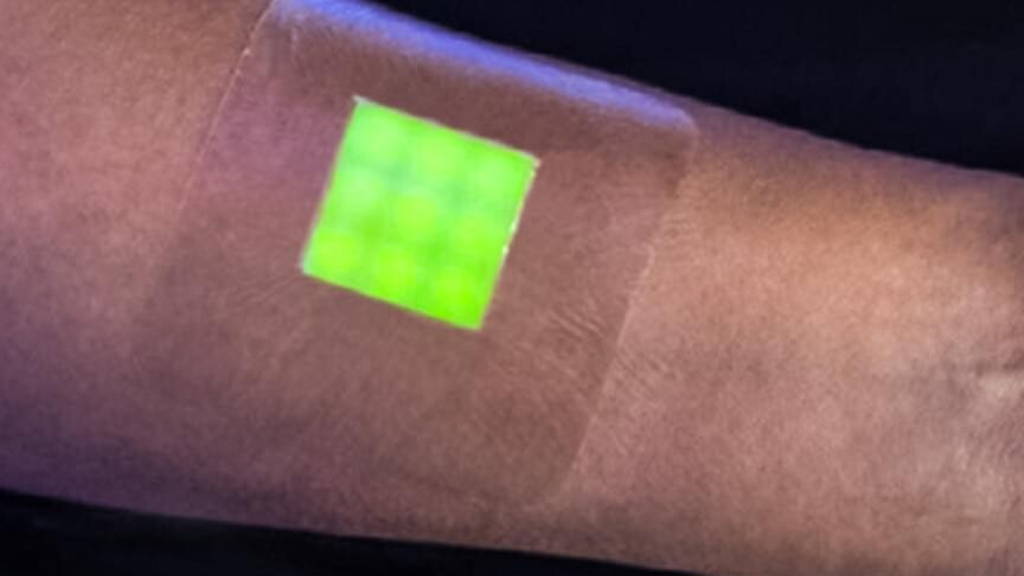This will limit the growing threat of antibiotic resistance because of unnecessary prescribing, writes Business Insider. The threat of antibiotic resistance is a ticking time bomb, believes England's chief medical officer, Sally Davies, to be compared even to terrorism in terms of risk. If the drugs lose just 30% of their efficacy there could be 120,000 more infections and 6,300 infection-related deaths each year in the US alone, claims a study in the Lancet Infectious Diseases.
The dressing in question has been developed by researchers at the University of Bath, led by Dr Toby Jenkins. The dressing turns green when a wound becomes infected, thus alerting doctors. This means they can avoid the precautionary use of antibiotics. Doctors only need to administer antibiotics to patients who actually need it.
Current methods to find out if a wound is or is about to become infected, are slow and cumbersome, often taking days between sampling and the lab result. In this time an infection can become full blown and result in septicaemia, sepsis, shock or even death. So to be on the safe side, clinicians may prescribe antibiotics if symptoms such as a raised temperature or redness occur. In one study, it was found that 25% of patients in a burns group were treated with antibiotics when the proportion with infections was just 7%.
The dressing releases a fluorescent dye in small dots when a wound, such as a burn, becomes infected, allowing medics to treat it quickly. In an infected wound, bacteria live in a biofilm, a group of micro-organisms where cells stick together. The dressing developed by Jenkins switches to its fluorescent colour when it comes into contact with these biofilms. This happens when the build-up of bacteria on the wound reaches a stage where the body's immune system can no longer deal with it, also known as the critical colonization threshold (CCT).
The prototype of the dressing is being tested by the university. It is likely to be trialed on patients in the coming three years. Commercial launch is hoped to be in 2020.
The Dutch Holst Centre developed earlier a similar patch.
###future bandage###
The dressing in question has been developed by researchers at the University of Bath, led by Dr Toby Jenkins. The dressing turns green when a wound becomes infected, thus alerting doctors. This means they can avoid the precautionary use of antibiotics. Doctors only need to administer antibiotics to patients who actually need it.
Current methods to find out if a wound is or is about to become infected, are slow and cumbersome, often taking days between sampling and the lab result. In this time an infection can become full blown and result in septicaemia, sepsis, shock or even death. So to be on the safe side, clinicians may prescribe antibiotics if symptoms such as a raised temperature or redness occur. In one study, it was found that 25% of patients in a burns group were treated with antibiotics when the proportion with infections was just 7%.
The dressing releases a fluorescent dye in small dots when a wound, such as a burn, becomes infected, allowing medics to treat it quickly. In an infected wound, bacteria live in a biofilm, a group of micro-organisms where cells stick together. The dressing developed by Jenkins switches to its fluorescent colour when it comes into contact with these biofilms. This happens when the build-up of bacteria on the wound reaches a stage where the body's immune system can no longer deal with it, also known as the critical colonization threshold (CCT).
The prototype of the dressing is being tested by the university. It is likely to be trialed on patients in the coming three years. Commercial launch is hoped to be in 2020.
The Dutch Holst Centre developed earlier a similar patch.
###future bandage###








